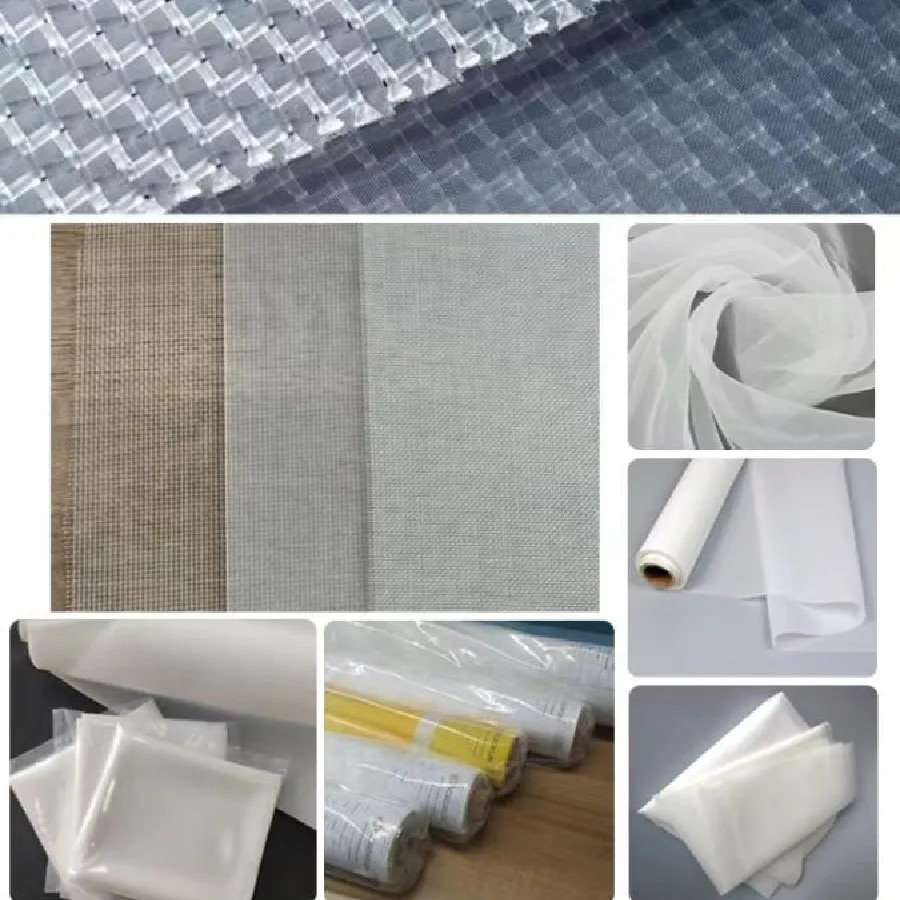-
 Afrikaans
Afrikaans -
 Albanian
Albanian -
 Amharic
Amharic -
 Arabic
Arabic -
 Armenian
Armenian -
 Azerbaijani
Azerbaijani -
 Basque
Basque -
 Belarusian
Belarusian -
 Bengali
Bengali -
 Bosnian
Bosnian -
 Bulgarian
Bulgarian -
 Catalan
Catalan -
 Cebuano
Cebuano -
 China
China -
 Corsican
Corsican -
 Croatian
Croatian -
 Czech
Czech -
 Danish
Danish -
 Dutch
Dutch -
 English
English -
 Esperanto
Esperanto -
 Estonian
Estonian -
 Finnish
Finnish -
 French
French -
 Frisian
Frisian -
 Galician
Galician -
 Georgian
Georgian -
 German
German -
 Greek
Greek -
 Gujarati
Gujarati -
 Haitian Creole
Haitian Creole -
 hausa
hausa -
 hawaiian
hawaiian -
 Hebrew
Hebrew -
 Hindi
Hindi -
 Miao
Miao -
 Hungarian
Hungarian -
 Icelandic
Icelandic -
 igbo
igbo -
 Indonesian
Indonesian -
 irish
irish -
 Italian
Italian -
 Japanese
Japanese -
 Javanese
Javanese -
 Kannada
Kannada -
 kazakh
kazakh -
 Khmer
Khmer -
 Rwandese
Rwandese -
 Korean
Korean -
 Kurdish
Kurdish -
 Kyrgyz
Kyrgyz -
 Lao
Lao -
 Latin
Latin -
 Latvian
Latvian -
 Lithuanian
Lithuanian -
 Luxembourgish
Luxembourgish -
 Macedonian
Macedonian -
 Malgashi
Malgashi -
 Malay
Malay -
 Malayalam
Malayalam -
 Maltese
Maltese -
 Maori
Maori -
 Marathi
Marathi -
 Mongolian
Mongolian -
 Myanmar
Myanmar -
 Nepali
Nepali -
 Norwegian
Norwegian -
 Norwegian
Norwegian -
 Occitan
Occitan -
 Pashto
Pashto -
 Persian
Persian -
 Polish
Polish -
 Portuguese
Portuguese -
 Punjabi
Punjabi -
 Romanian
Romanian -
 Russian
Russian -
 Samoan
Samoan -
 Scottish Gaelic
Scottish Gaelic -
 Serbian
Serbian -
 Sesotho
Sesotho -
 Shona
Shona -
 Sindhi
Sindhi -
 Sinhala
Sinhala -
 Slovak
Slovak -
 Slovenian
Slovenian -
 Somali
Somali -
 Spanish
Spanish -
 Sundanese
Sundanese -
 Swahili
Swahili -
 Swedish
Swedish -
 Tagalog
Tagalog -
 Tajik
Tajik -
 Tamil
Tamil -
 Tatar
Tatar -
 Telugu
Telugu -
 Thai
Thai -
 Turkish
Turkish -
 Turkmen
Turkmen -
 Ukrainian
Ukrainian -
 Urdu
Urdu -
 Uighur
Uighur -
 Uzbek
Uzbek -
 Vietnamese
Vietnamese -
 Welsh
Welsh -
 Bantu
Bantu -
 Yiddish
Yiddish -
 Yoruba
Yoruba -
 Zulu
Zulu
Optimizing Steel Rod Mesh Structures for Enhanced Strength and Durability in Construction Applications
The Versatility of Steel Rod Mesh An Essential Material in Construction and Design
Steel rod mesh, a crucial component in the construction and design industries, embodies the perfect synthesis of strength, flexibility, and utility. This intricate network of steel rods is not merely a construction material; it is a versatile solution that enhances the structural integrity of various applications. From foundational work to decorative elements, steel rod mesh has become indispensable in modern engineering.
One of the primary benefits of steel rod mesh lies in its structural support capabilities. In construction, it is commonly used in concrete reinforcement. The mesh acts as a secondary support system within concrete structures, providing tensile strength that prevents cracking and increases durability. For instance, when incorporated into slabs, walls, and floors, steel rod mesh distributes loads evenly across surfaces, which is vital in preventing structural failure under heavy loads or seismic activity. This characteristic makes it a preferred choice among engineers and architects who seek to ensure safety and longevity in their projects.
Moreover, the adaptability of steel rod mesh extends beyond its functional benefits; it also lends itself well to various design aesthetics. Steel rods can be arranged in different patterns and sizes, allowing for creative expression in both residential and commercial applications. Decorative steel rod mesh is gaining popularity in contemporary architecture, where it is used in facades, railings, and even as artistic installations. The interplay of light and shadow created by these intricate designs can enhance visual appeal while maintaining functionality. In addition, steel rod mesh can be treated through galvanization or painting, further expanding its design potential and durability against environmental factors.
steel rod mesh

In landscaping, steel rod mesh is equally valuable. It is often utilized in creating garden trellises, fences, and retaining walls. The strength of the steel ensures that these structures can withstand the elements and support climbing plants or soil, contributing to sustainable gardening practices. Additionally, the open design of rod mesh allows for excellent drainage, preventing water accumulation and promoting healthy plant growth.
Sustainability is a growing concern in today's construction and design landscape. Steel is a recyclable material, which adds an eco-friendly dimension to steel rod mesh applications. When projects reach the end of their lifecycle, the steel can be repurposed, thus minimizing waste and reducing the need for new materials. This characteristic aligns with the principles of sustainable development and responsible construction practices, making steel rod mesh an environmentally conscious choice.
The manufacturing process of steel rod mesh has also evolved significantly, with advancements leading to improved efficiency and cost-effectiveness. Modern production techniques allow for the precise cutting and welding of steel rods, ensuring that the end product meets stringent quality standards. As a result, builders and designers can procure steel rod mesh that not only meets their structural needs but also fits within budgetary constraints.
In conclusion, steel rod mesh stands out as a multifaceted material with applications that span various domains in construction and design. Its unparalleled strength, adaptability, and sustainability make it an essential choice for modern projects. Whether reinforcing concrete, enhancing aesthetic appeal, or fostering ecological practices, steel rod mesh undoubtedly contributes to the structural integrity and creative vision of today’s architecture. As the industry continues to innovate, it is likely that the prominence of steel rod mesh will only increase, reflecting a perfect blend of practicality and design excellence.
-
The Sunshade Net Can Block Ultraviolet RaysNewsAug.11,2025
-
Main Application and Technology of Nylon ScreenNewsAug.11,2025
-
Green Anti UV Sunshade Net: The Perfect Combination of Ecological Friendliness and Practical PerformanceNewsAug.11,2025
-
Explore the Sunshade NetNewsAug.11,2025
-
Application and Development of Nylon Screen in Fuel Processing and TreatmentNewsAug.11,2025
-
Application and Advantages of Nylon Screen for AquacultureNewsAug.11,2025











